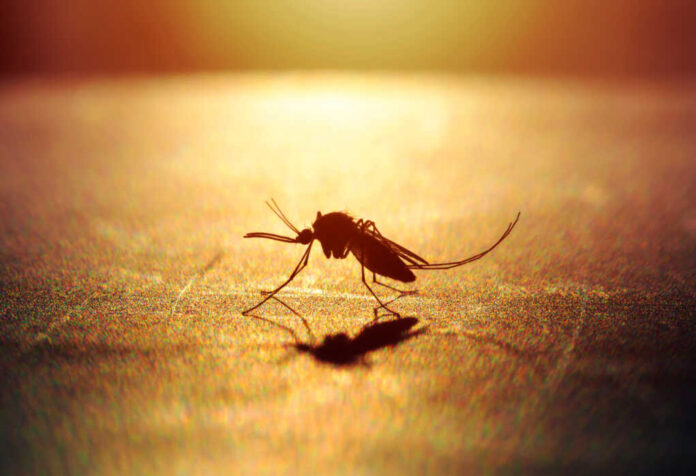
Decades of global progress against malaria now teeter on the edge of reversal, as unprecedented funding cuts threaten to unleash the deadliest resurgence in modern history.
Story Snapshot
- Global anti-malaria funding is being slashed, with the U.S. leading a dramatic 86% cut to key programs by early 2025.
- Experts warn these cuts could spark a catastrophic resurgence, with millions of preventable deaths, echoing historical disasters.
- Service disruptions are already stalling prevention and treatment campaigns, leaving the poorest regions exposed.
- The fate of malaria eradication—and millions of lives—now hangs on urgent funding decisions in donor capitals.
The Domino Effect of Sudden Funding Cuts
In 2025, the world’s anti-malaria shield is being dismantled almost overnight. The U.S., once the cornerstone of malaria aid, has slashed its support through USAID’s President’s Malaria Initiative by a staggering 86%. These cuts have triggered immediate chaos: insecticide-treated net campaigns are on hold, seasonal treatment programs are delayed, and critical stocks of rapid diagnostic tests have dried up in several high-burden countries. Every week of delay multiplies risk for families who rely on these lifelines, with children and pregnant women at greatest peril.
Anti-malaria funding cuts could lead to ‘deadliest resurgence ever’, study warns – The Guardian https://t.co/wjLPfLr3Hm
— Hippiemama (Angie) (@hippiemama2002) October 21, 2025
Why Africa Faces the Greatest Danger
The numbers are as stark as they are personal. The WHO African Region shoulders 95% of the world’s malaria deaths. In these countries, the majority of children sleep under bed nets provided by international donors, and most treatments are funded from abroad. The sudden interruption of supply chains and campaign rollouts means millions of children go to bed unprotected, and mothers face clinics with empty medicine shelves. Local health systems, already battered by the pandemic and ongoing conflicts, are being pushed past the breaking point. The poorest and most remote communities, with no safety net of their own, face the brunt of this crisis.
Watch: Malaria Funding Cuts: The Deadliest Resurgence Ever? | Global Health Crisis Explained
Political Calculus and Unintended Consequences
Behind the statistics are high-stakes decisions made in national capitals and donor boardrooms. The U.S. and other major governments cite competing domestic priorities and rising costs as reasons for their pullback. Yet the price of inaction is sobering: USAID’s own internal analysis projects up to 17.9 million additional malaria cases and 166,000 extra deaths every year if the President’s Malaria Initiative collapses. The Global Fund warns that, without robust commitments in 2025, decades of innovation and investment could be wiped out in a single budget cycle.
Restoration or Ruin: What Happens Next?
The fate of malaria control now rests on a knife’s edge. WHO, the Global Fund, and leading experts urge immediate restoration of funding and a renewed focus on innovation and equitable access. Some programs have seen partial reprieves, but gaping holes remain. If funding is not swiftly restored, experts warn that 2030 eradication goals will become fantasy. The alternative is unthinkable: a world where preventable deaths once again overwhelm hospitals, economies falter under the weight of disease, and a generation’s hope is lost to short-term budget decisions.
Sources:
WHO: Malaria progress in jeopardy amid foreign aid cuts
KFF: The Trump Administration’s Foreign Aid Review—Status of the President’s Malaria Initiative (PMI)
The Global Fund: Results
Peer-reviewed: Malaria Funding and Global Health


















